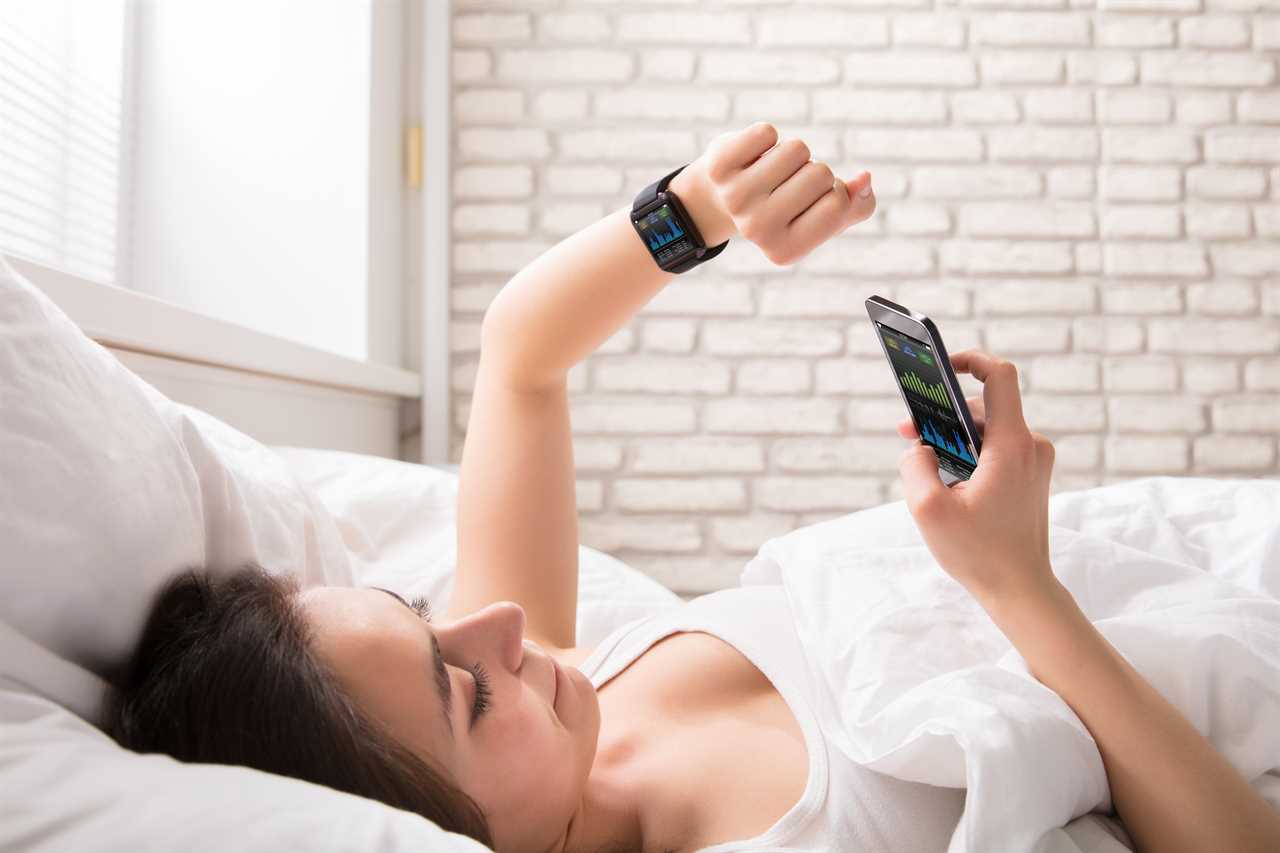YOUR smartwatch could tell you if you have Omicron even before you get symptoms.
Scientists have found heart rate changes in response to infection – and most wearables track this every day.

It could alert somebody they may be infected with Covid in the days before their symptoms start, preventing further spread of the virus.
A University of Michigan study examined heart rate data from more than 100 college students between 2019 and 2021, when various Covid strains grew into circulation.
Most wore Fitbits, which are one of the most popular wearables used by millions.
Participants included those who reported a Covid-positive test and had wearable data from 50 days before symptoms started to 14 days after.
Read more on coronavirus
The researchers found various factors changed in the lead up to a person’s Covid illness and as it progressed.
Daily basal heart rate tended to increase on or before the first Covid signs, making it a possible warning flag of infection.
The researchers theorise the heart rate jumps up because of fever or heightened anxiety, specifically a stress-related hormone called adenosine.
An altered resting heart rate is known to be a sign the body’s immune system is ramping up in response to a pathogen.
“Heart rate increase per step” increased after symptoms, and was significantly higher in those who had a cough.
This is a measure of cardiopulmonary dysfunction – any condition that impairs the heart and lungs.
“Circadian phase uncertainty” also increased around Covid symptom onset.
The circadian rhythm is the internal body clock that dictates when you’re awake and when you sleep over a roughly 24-hour cycle.
With circadian phase uncertainty, the body is less able to keep in time.
The research team said inconsistency in the circadian component of the heart rate rhythm may correspond to early signs of infection.
The researchers hope an algorithm that detects changes in heart rate compared to someone’s normal rate could help detect Covid cases faster.
Maths professor Daniel Forger said: “We found that Covid dampened biological timekeeping signals, changed how your heart rate responds to activity, altered basal heart rate and caused stress signals.
“What we realised was knowledge of physiology, how the body works and mathematics can help us get more information from these wearables.”
Previous research teams that have made the same findings claim wearable fitness trackers could help end pandemics.
Researchers at Stanford University, California, also collected data on 106 people who wear Fitbits.
They created an algorithm which was able to detect heart rate abnormalities in 56 per cent of Covid patients before their illness began, and 36 per cent two days after.
Their heart rates started to change seven prior to signs of the disease.
If a way of using these measurements can be honed for real-world use, the team said it would “reduce transmission and end the pandemic”.
Read More on Trending In The News
Previously US researchers found the Oura ring can detect coronavirus three days before symptoms with 90 per cent accuracy.
Despite several studies making such conclusions on wearables, it’s clear more work needs to be done before this becomes a feature of Fitbits and other devices.










